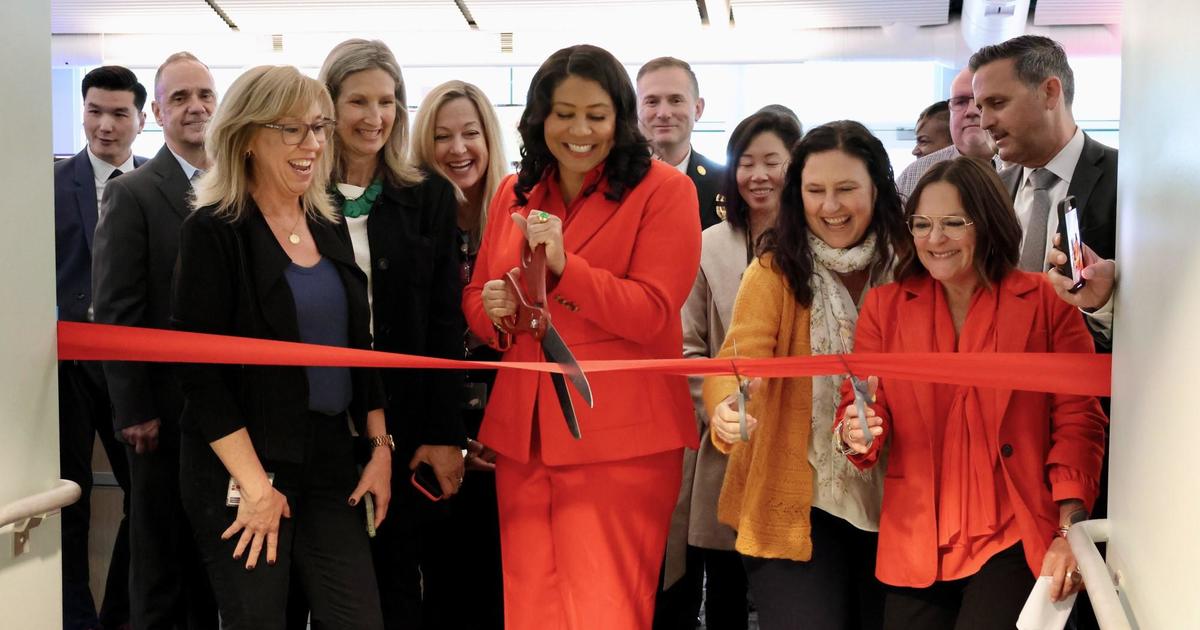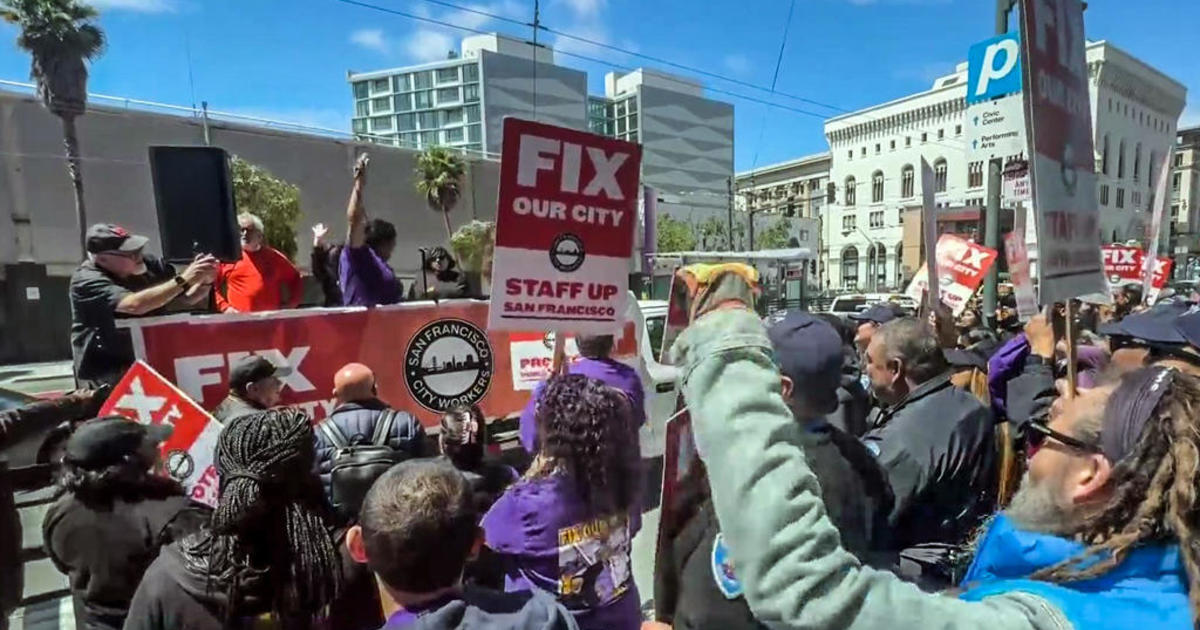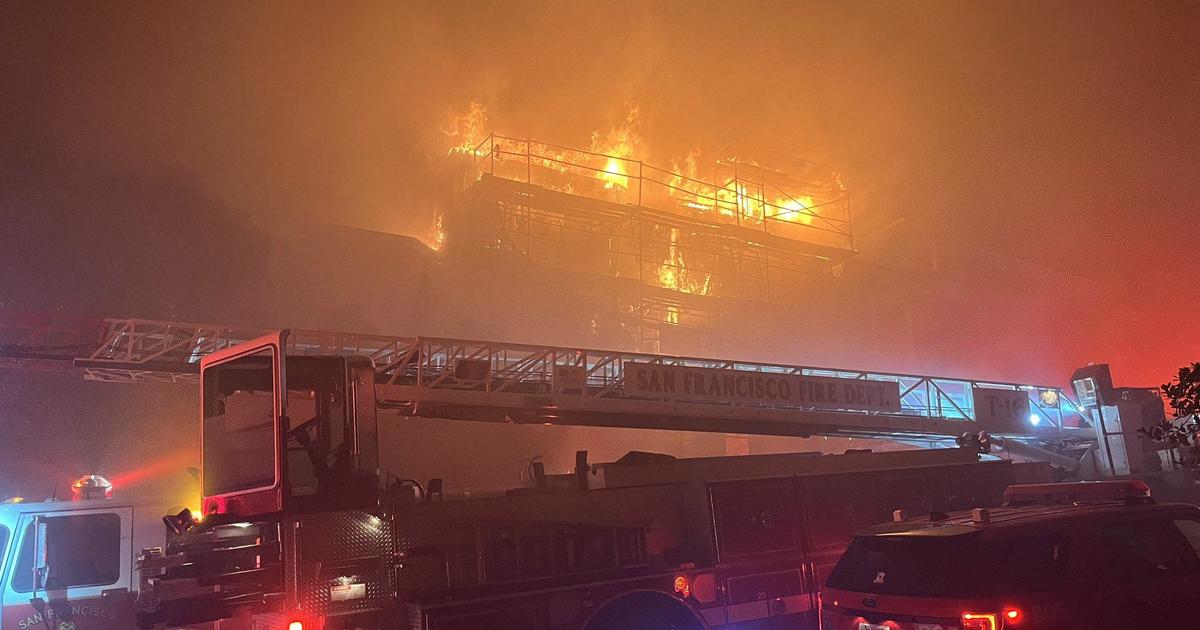New Use-Of-Force Policies Coming Soon For San Francisco Police Officers
SAN FRANCISCO (CBS SF) -- San Francisco's police chief is putting the finishing touches on a new use of force policy.
The new policy is going to be based on brand new concepts developed by a national police research group. The policy has been in the works since December 2nd, a day police chief Greg Suhr may never forget.
Within minutes of receiving a call, five of his officers had surrounded 26 year old Mario Woods, who was alone, armed with only a knife, and shot him dead in a barrage of fire.
"It's scarring for the department, its scarring for the community,"Suhr said of the shooting.
Under fire himself for the deadly shooting, Chief Suhr told KOIX 5 in an exclusive interview he's working to rewrite the rules for his department. The changes he says are radical.
"I want them to rush to the danger, but if you get there and it's not actively going on, I also think be smart enough to then stop, and back up," he said.
Back up, take time and call for help - all concepts that seem to contradict what many perceive as a police cowboy culture. "How do you make that change of culture so that an officer understands that one of the weapons they have in their arsenal is backing away?" we asked him. His response: "Well I have one advantage that I have been around for a long time. And I was out in the street for a long time, so I have been in these situations. So, as the chief of police I am telling the officers, it's not only okay, I am asking you to do this."
Another change will be reevaluating the so-called 21-foot rule, which some officers may interpret as a green light to use deadly force.
"There have been a lot of conversations about how quickly a person with an edged weapon can cover a distance before an officer can react. Is the 21-foot rule really the safest for everybody, one size fits all? I would say no," Suhr said.
But Mesha Irizarry says change will not come that easily. "Slowing down is a great idea but up to a certain point because in the department, if the guns are drawn the gun never goes down again," she said.
San Francisco police shot and killed her son Idriss Stelley 15 years ago in a standoff at the Sony Metreon theater, even though, just like Mario Woods, he was alone, armed only with a small knife.
Since then, San Francisco police have shot and killed 38 men and women. And like Mesha's son, almost all were minorities, and almost all were suffering from some form of mental illness.
"I don't want to be sarcastic about it but I am not convinced yet, because I know it's going to take a long time," she said.
Idriss' killing led the department to increase crisis intervention training for officers from 8 hours to 40.
Now, it's mandatory for all officers. Range training has also expanded from one hour to eight, focusing on less lethal force, and deescalation options.
But until this year it's been voluntary. Only two of the 5 officers involved in Mario Woods shooting were crisis trained.
And, the chief acknowledges this department bulletin he issued last April, called avoiding the "lawful but awful" use of force, was not followed. "The shooting that occurred out on Third Street, which is still under investigation, may well be deemed to have been lawful, but certainly what it's done to our trust, certainly in the community where it occurred, is awful," he said.
Suhr was asked if he is making changes to save his own job, he told us: "Well I would say that sometimes necessity is the mother of invention."
The new use of force regulations are expected soon.



